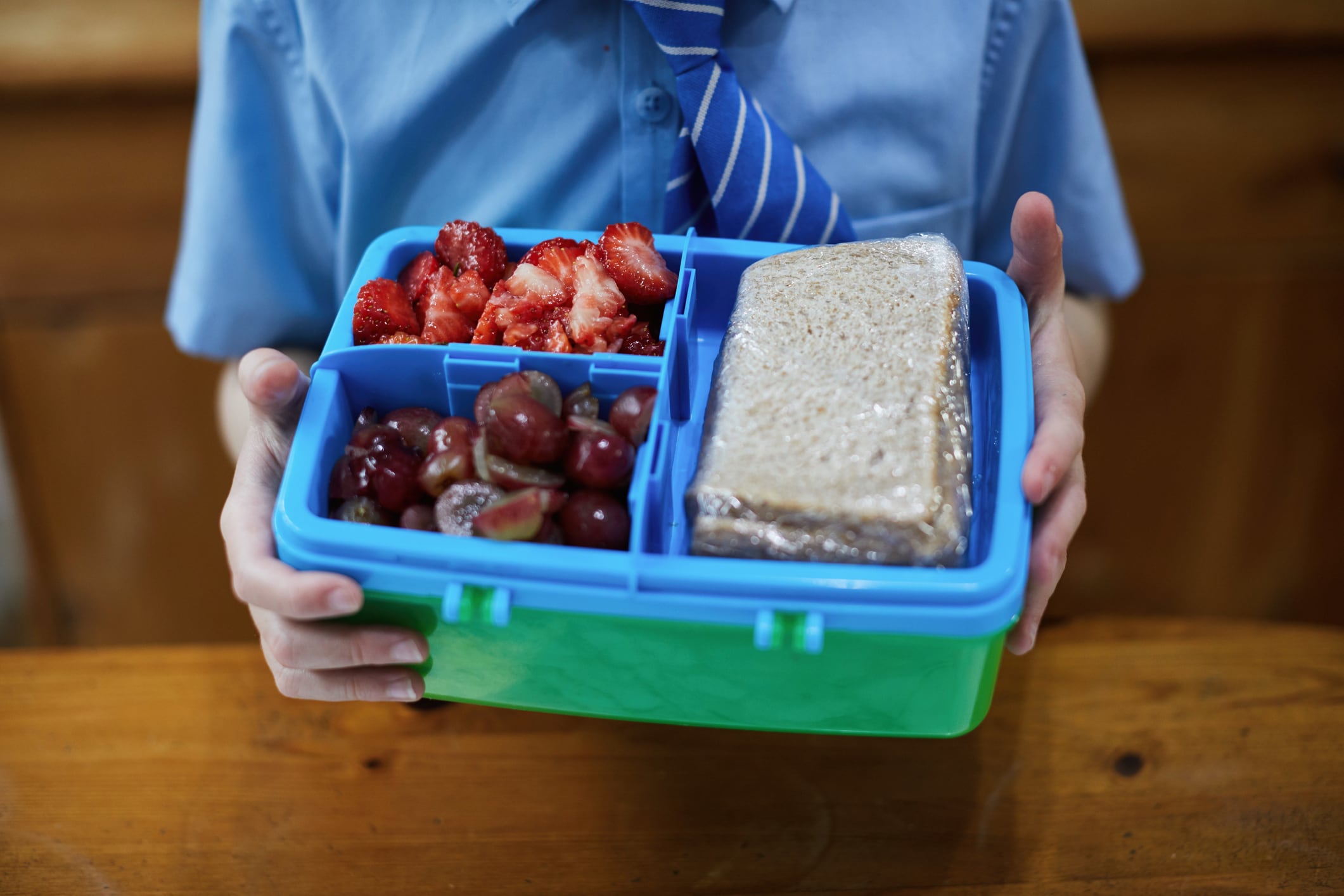USDA’s proposal to increase the variety and nutritional value of staple foods that retailers must continuously offer to participate in the Supplemental Nutrition Assistance Program falls short of ensuring sufficient availability of healthy items in authorized stores and could hinder small, independent players’ ability to comply, stakeholders warn.
USDA Secretary Brooke Rollins countered that the proposed changes published in today’s Federal Register would more than double the food choices available to SNAP participants and close “loopholes that allow certain snack foods to count as staple foods.”
She added, currently, “the bar for stocking food as a SNAP retailer is far too low” and leaves “vulnerable Americans without healthy food options.”
How would stocking requirements change under the proposed rule?
If finalized, the proposed rule would require SNAP retailers to offer at least seven qualifying varieties of foods in each of four staple food groups – protein, dairy, grains and fruits and vegetables. This is up from the current requirement that retailers offer at least three varieties of food in each of the categories.
USDA also proposes renaming the meat, poultry or fish staple food group to be simply “protein” and the breads and cereals category to be “grains” to be more “inclusive” of plant-based options and other grain-based foods and to better align with the Dietary Guidelines for Americans. Although it notes that plant-based options in the protein and dairy category are already included in the current definitions of staple foods.
“The proposed changes to streamline the definitions of ‘staple food’ would not result in any substantive changes to the definition or to existing staple food categories as currently defined,” it explained.
However, it would expand and condense some of the foods that qualify within protein, grain and dairy.
For example, within the protein staple group, it would add tofu/tempeh as a distinct variety or protein. USDA also proposes moving high protein plant foods, such as nuts and seeds, beans, peas and lentils, into the protein category from the vegetable and fruit category. It also would not limit the number of plant-based varieties that count towards the protein category.
Plant-based alternatives also could count towards the dairy category, but the proposed rule would cap at three the number that contributes to the total required variety.
“Current policy does not limit the number of plant-based dairy alternatives that a single retail food store may count towards meeting the staple food stocking requirements in the dairy category. For example, having sufficient units of almond milk, oat milk, and soy milk is enough to meet the current dairy stocking requirement. Yet, the DGA states that, other than fortified soy milk, no other plant-based dairy alternative contains the nutritional content to meet the dietary recommendations for dairy. This proposed change would help ensure that SNAP retailers carry a variety of milk, yogurt and cheeses rather than meeting the standard through multiple varieties of plant-based milks,” the rule explains.
USDA also proposes expanding the types of dairy milk that would qualify towards the minimum variety for the staple group, including perishable liquid milk, shelf-stable liquid milk, fermented or cultured dairy beverages, dried milk and others – a move that gave some consumer health advocates pause.
“We are mindful of ways in which [the proposed rule] might give concessions to industry,” said Joelle Johnson, deputy director for the Center for Science in the Public Interest. She noted as an example “the flexibilities offered for dairy requirements.”
Within grains, the proposal would streamline “bread” to include its various forms, such as bagels, tortillas and pita, so that each format would not count towards the total grain requirement but would simply check the box for bread. Other qualifying grains would include raw grains, flour for each type of grain, pasta, breakfast cereals and foods and infant cereal.
Finally, the proposed rule also would expand the list of so-called “accessory foods,” which generally include snacks and desserts, and prohibit them from counting as staple foods for retailer eligibility. The proposed new groups include snack bars, jerky – other than whole-muscle meat, and cheese or fruit dips and spread.
While the rule would not restrict shoppers from using SNAP funds to buy these products, individual states could apply for a waiver to restrict the use of SNAP benefits to buy these or other products they deem as unhealthy, as seen for candy and soda in some states already.
Do the changes go far enough?
USDA argues these proposed changes exemplify how it is “actively reorienting SNAP towards better nutrition and emphasizing whole, healthy food for program recipients,” Rollins said in a statement.
But some stakeholders disagree.
“As written, I think, these standards will marginally increase options for SNAP shoppers, but it won’t do much to increase healthy options, which is the whole point of the stocking standards,” Johnson said.
She also argued the proposed changes fall short of USDA’s goal to make the standards easier for retailers to understand and could be difficult for some smaller stores to meet.
“The proposed standards are still confusing and not straightforward for retailers to implement. Large retailers will have not problem, but small retailers will face difficulties,” she said.
She acknowledged that data cited by USDA in the proposal suggests more than half of SNAP-authorized small stores met the variety requirement in each of the four categories. However, she also notes a 2019 study found that only 30% of small stores met all of the variety requirements and more than half of non-chain small grocery stores met all the requirements.
To this end, she said, “the final rule must offer technical assistance and other support to help retailers transition.”
The National Association of Convenience Stores echoed this sentiment in part.
“NACS has long advocated for a ‘variety’ rulemaking that increases nutritious options for SNAP customers, while being workable and common sense for small-format retailers, like convenience stores, to implement,” said NACS Director of Government Relations Margaret Hardin Mannion.
She added: “We share USDA’s goal of ensuring Americans have convenient access to nutritious food, and we are evaluating the proposal with our members to determine if it meets these objectives.”
FMI – The Food Industry Association also is reviewing the proposal and in the gathering input from members of its potential impact, not just on brick and mortar store supermarkets, but also online and convenience stores within grocery.
Comments are due Nov. 24 to docket FNS-2025-0018 or RIN 0584-AF12.




